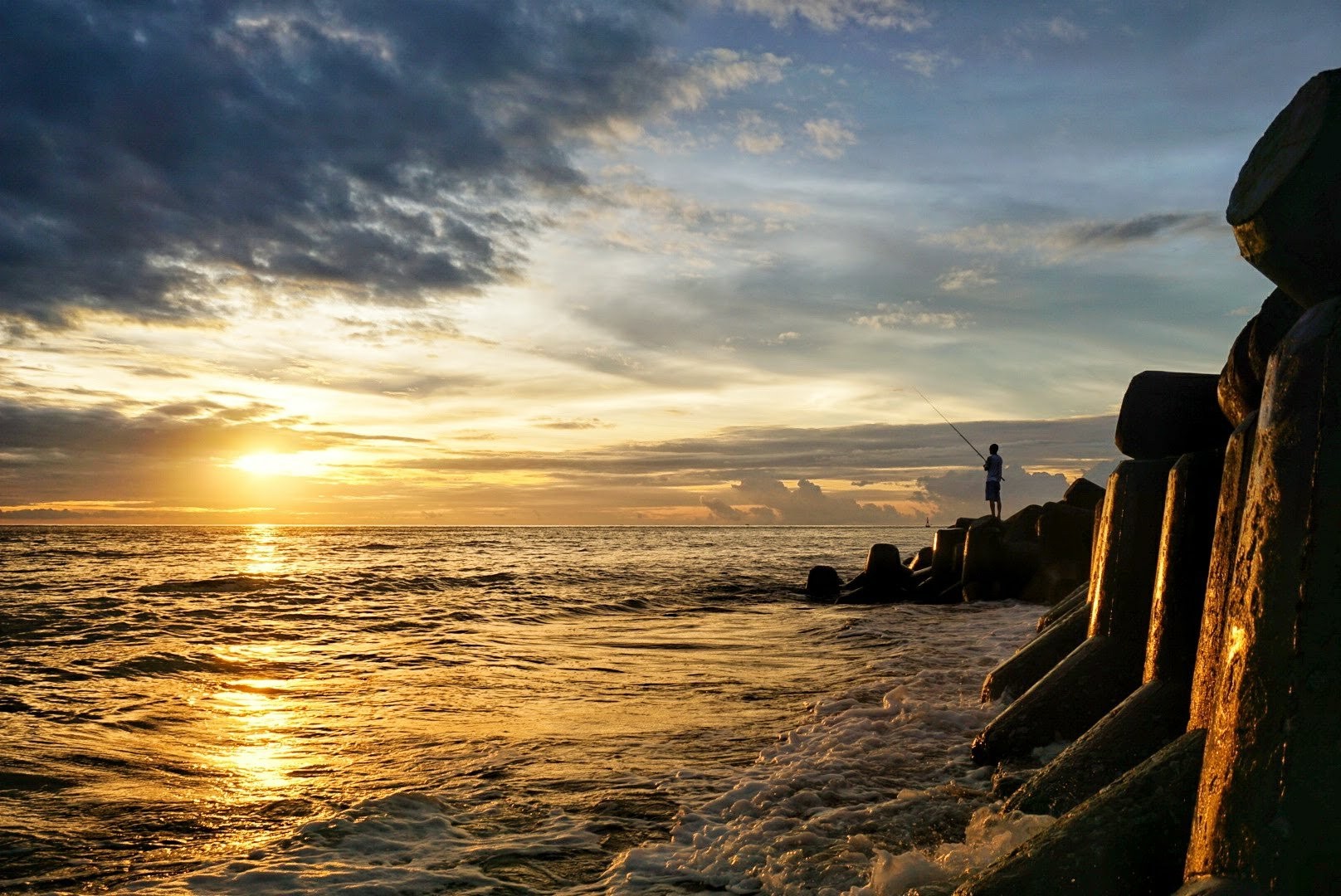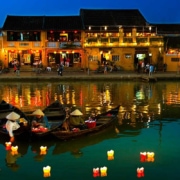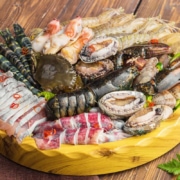
Vietnam Beaches
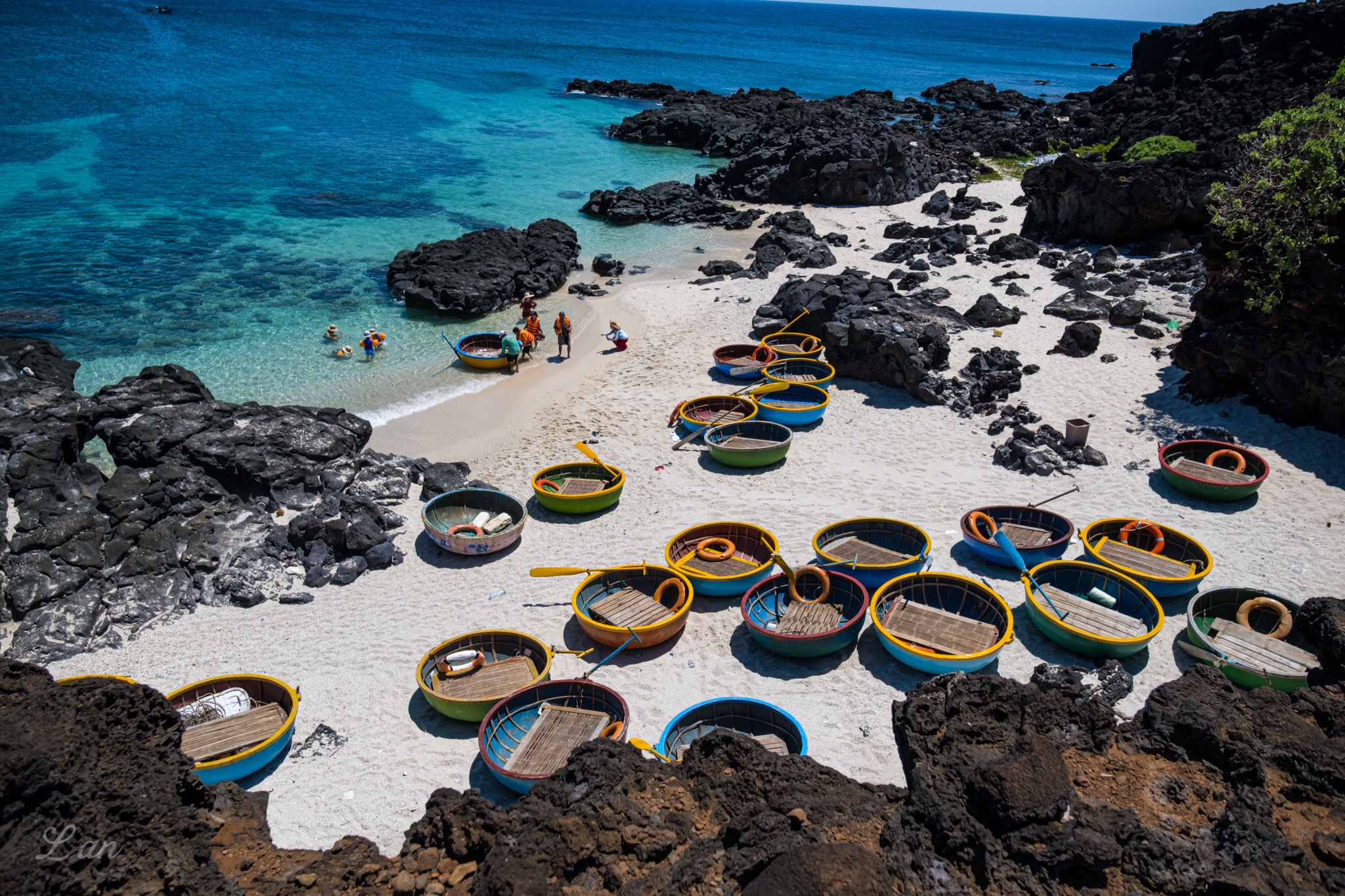
CAT BA ISLAND
Cat Ba achieves world fame for Lan Ha Bay and virgin forest, which is best for exploratory and conquerable experiences such as extreme sports, outdoor activities, aquatic games: diving, coral seeing, kayaking, surfing and parachuting. From April to August, the climate is mesmerizing with calm waves, a lukewarm sky and no sight of rainfall. From September to November, autumn produces a cool temperature base fall upon the place. Cat Ba national park is the perfect starting point where you can watch near-extinct langurs, walk and cycle into the woods, taste forest honey and rose tea. From peak Ngu Lam, you will own an otherworldly view upfront. The coastal route is built well, connecting 3 main beaches.
You can do a Lan Ha Bay and Monkey island tour. Lan Ha Bay is almost identical to Ha Long Bay. However, Lan Ha scores higher in the category of virgin beauty. You will pay a visit to floating fishing village Cai Beo, the best in Vietnam. 300 households here created a wonderful ecosystem. Dining on boat is a must-try here as they cater succulent homegrown seafood like octopus, crab, lobster, geoduck, snails. After lunchtime, you will kayak through villages to Monkey island, heaven for pineapple. Trekking onwards to Monkey island peak, you earn a view adequate to “dinosaur spine” Kelingking in Bali!
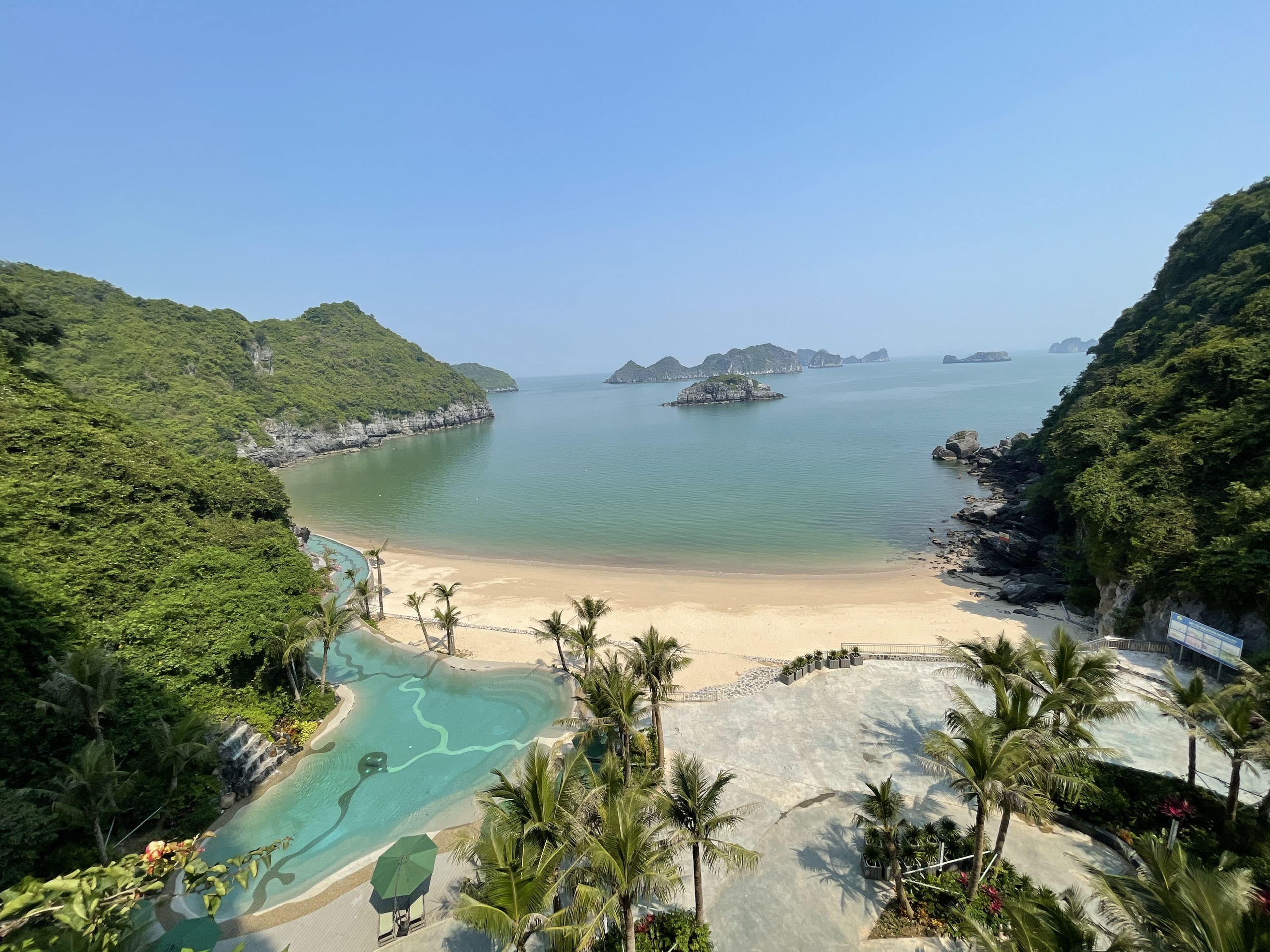
DA NANG BEACH
Da Nang’s prepossessing coastline is 90km long and stretches from the foot of Hai Van Pass to the Marble Mountains. The city boasts many white sandy beaches with clear blue water. A wide variety of beaches is primarily located in 3-main areas: the southern, the Son Tra area and the northern part. Beaches here are good for swimming year-round but the best time is from May to August when the waves are gentle. Among beaches, the 900-meter-long My Khe is popular with both locals and foreigners alike. Being recognized as one of the world’s most beautiful beaches by Forbes Magazine, My Khe beach is idyllic with fine sand and a gentle slope. Modernist hotels, resorts and restaurants are located along the beach, creating favorable conditions for visitors to relax.
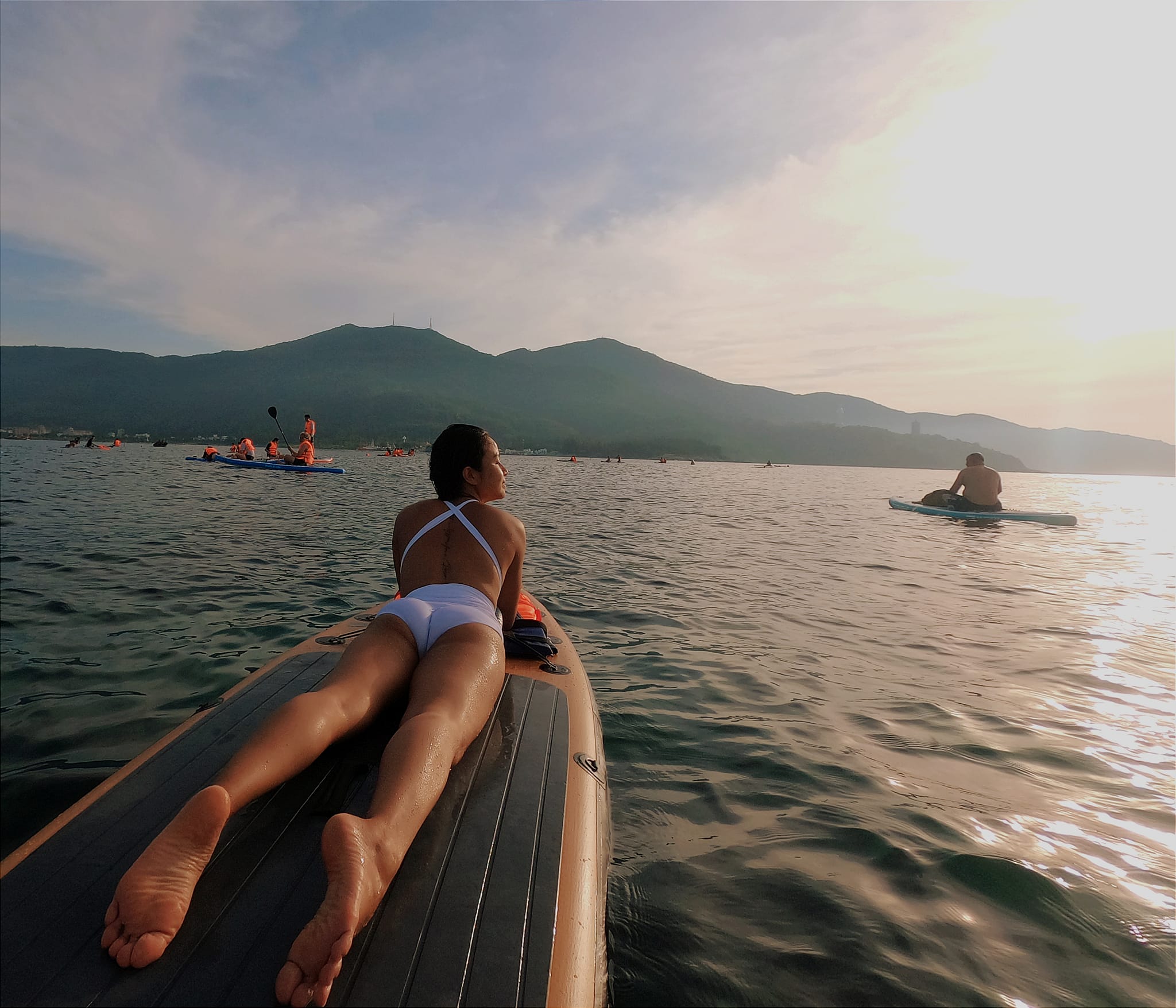
HOI AN BEACH (well known as CUA DAI, AN BANG BEACH)
Hoi An beaches are a major attraction and a great compliment to the ancient town. The close beach to the town is Cua Dai which is about five kilometres from the ancient town. It may not be suitable for surfing, but it has various choices of beachside resorts with many activities like windsurfing, kayaking, and jet skiing. Further north, An Bang beach is now considered as a good alternative to the busy Cua Dai with a great range of restaurants serving everything from local seafood to western dishes. Take note that beaches here can be cold and miserable during December and January.

QUY NHON BEACH
Quy Nhon shore is in the shape of a crescent moon with Eo Gio, Ky Co island, Cau river beaches. Also Cu Lao Xanh is famous for ecotourism homestay as Hon Kho is for watersports. The climate here is split into dry season from March to September and rainy season for the rest. The average temperature fluctuates around 24,5 degrees so beach vacation to Quy Nhon is year-round.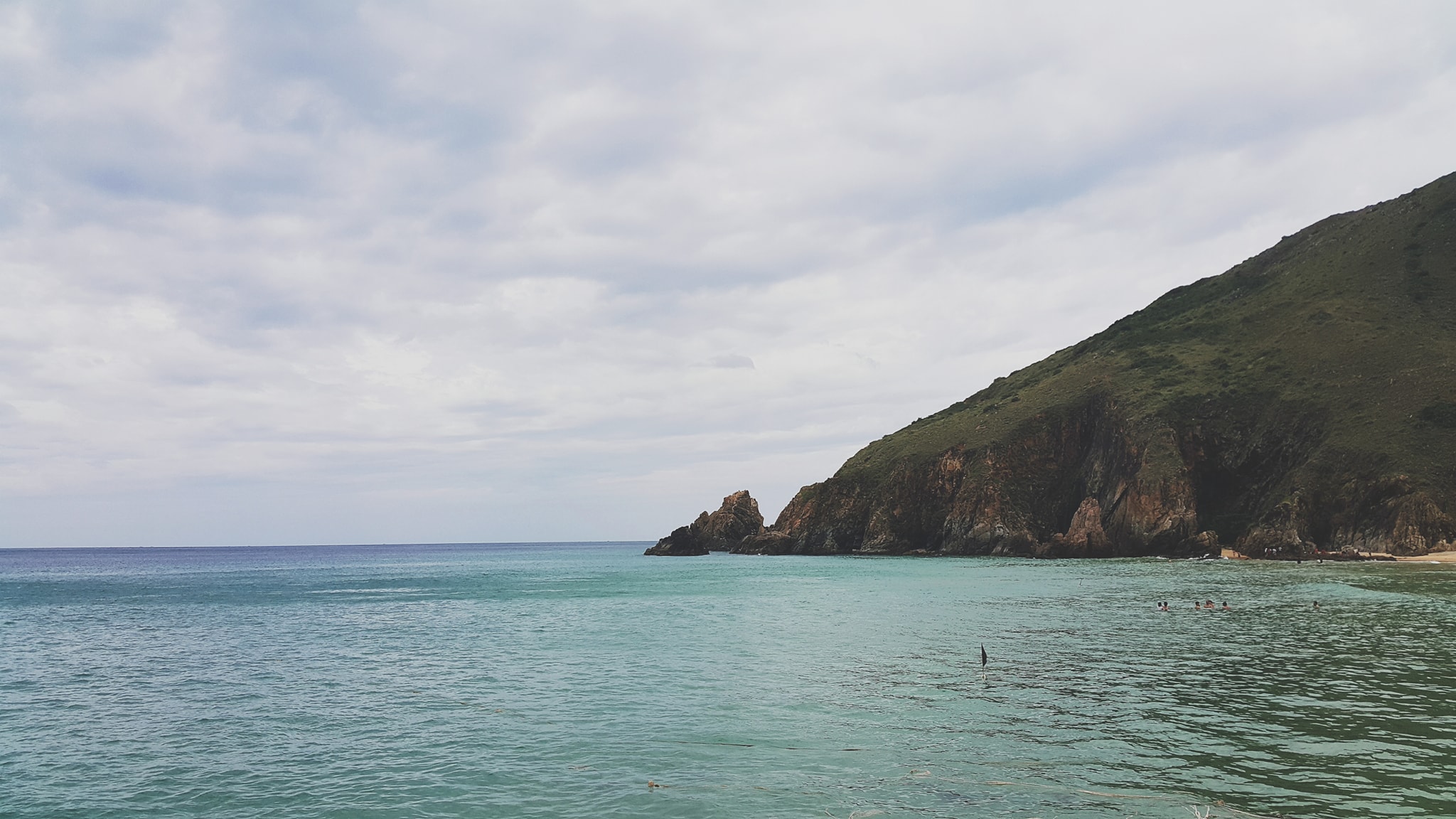

NHA TRANG, CAM RANH BEACH
Nha Trang is a charming city on the south-central coast known for its beaches and the best scuba diving place in Vietnam. A rich variety of watersport activities can be enjoyed in Nha Trang, such as diving and snorkelling to see the coral reefs. For scuba divers, there are several diving shops along the beaches providing professional diving services. This part of the country has its very own microclimate and the rains tend to come from October until December, a time best avoided if you are into lazing on the beach or diving in crystal-clear water.
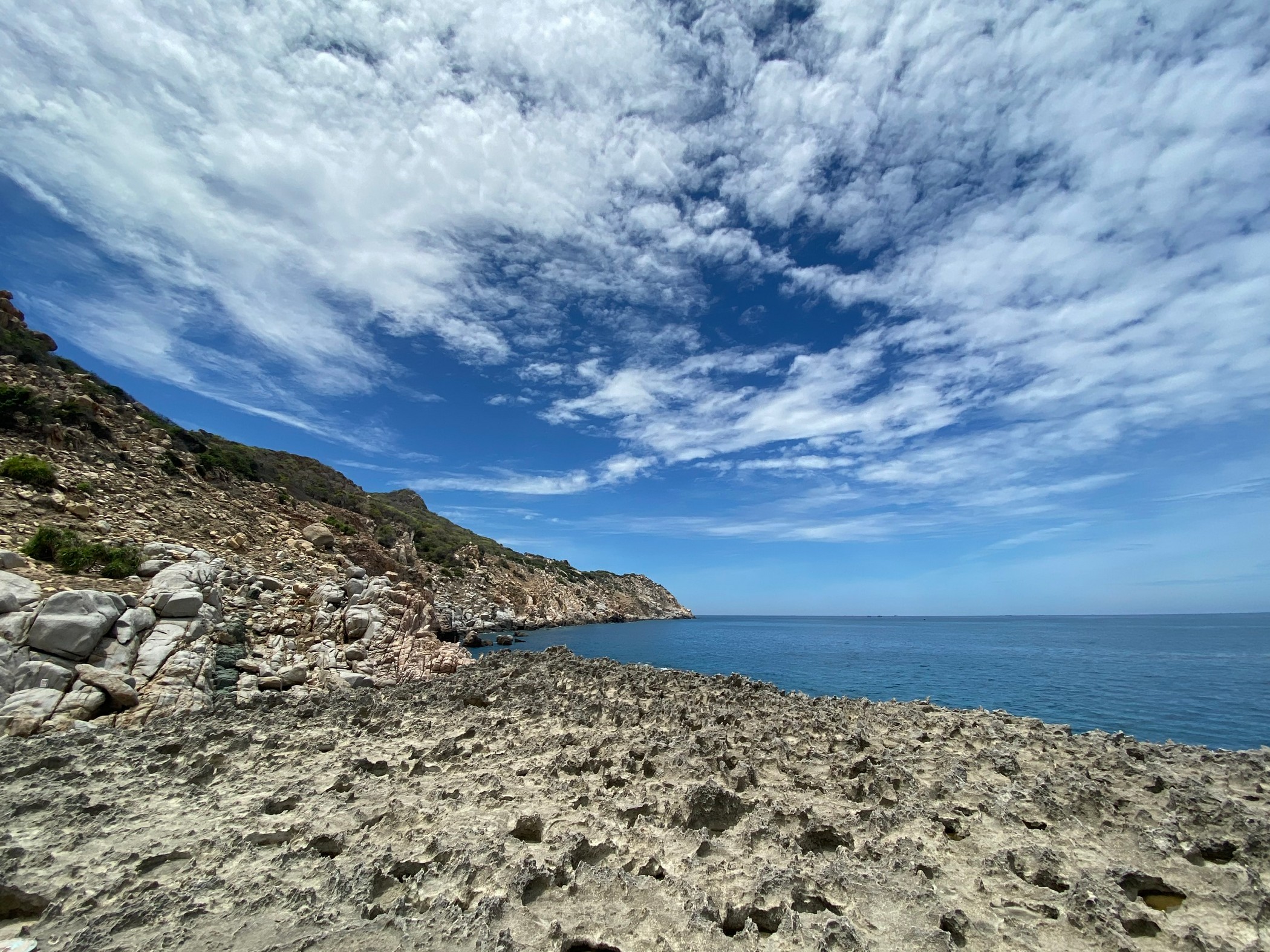
MUI NE BEACH
Mui Ne is the adrenalin capital of southern Vietnam. There’s no scuba diving or snorkeling to speak of, but when Nha Trang and Hoi An get the rains, Mui Ne gets the waves. Surf’s up from August to December. For windsurfers, the gales blow as well, especially from late October to late April, when swells can stir things up big-time. Kitesurfing has really taken off and the infinite horizon is often obscured by dozens of kites flapping in the wind. If this all sounds too much like hard work you can simply lounge around on the beach, watching others take the strain.
VUNG TAU BEACH
Away from Hochiminh for 3 hours of driving is Vung Tau, the hot spot for summer. Sprang out of the mainland like an arrow, Vung Tau is capable of viewing both sunrise and sunset on the East Sea. The city brings solace to visitors thanks to wide roads, blue sky, ranges of mountains, and solemn pagodas. Vung Tau belongs to the monsoon climate region: rainy season from May to October, the average temperature is 27 Celsius degrees.
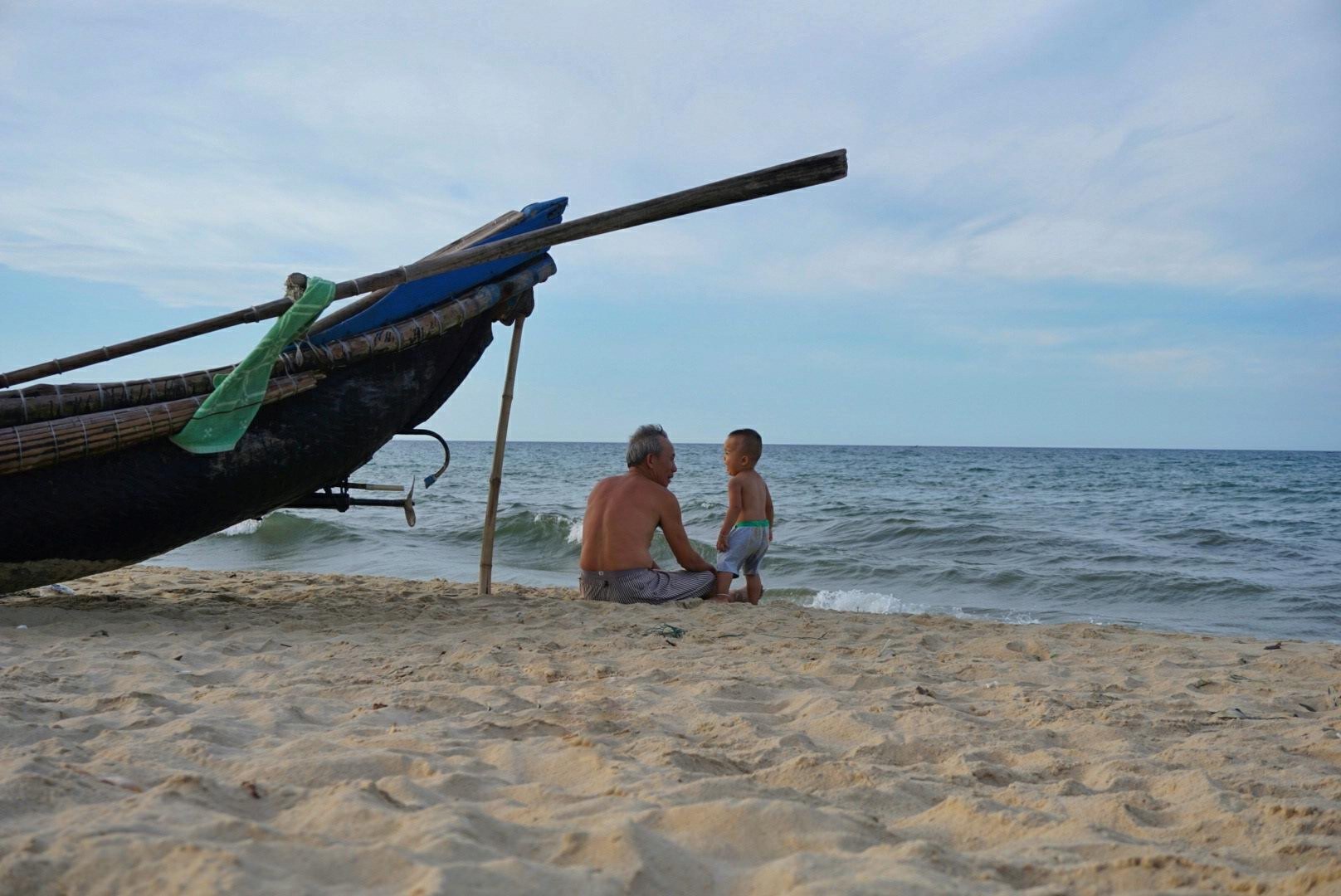
CON DAO BEACH
Con Dao is an archipelago of 16 islands belongs to the Ba Ria – Vung Tau province. Despite being isolated from the mainland, Con Dao is becoming a rising destination thanks to its deserted beaches, scenic bays, coral reefs and the Con Dao National Park with a diverse ecosystem and home to some rare animals such as sea-turtle, dugong. As a result, a rich variety of interesting activities on the islands can be taken, including swimming, hiking, diving, and exploring the wildlife.
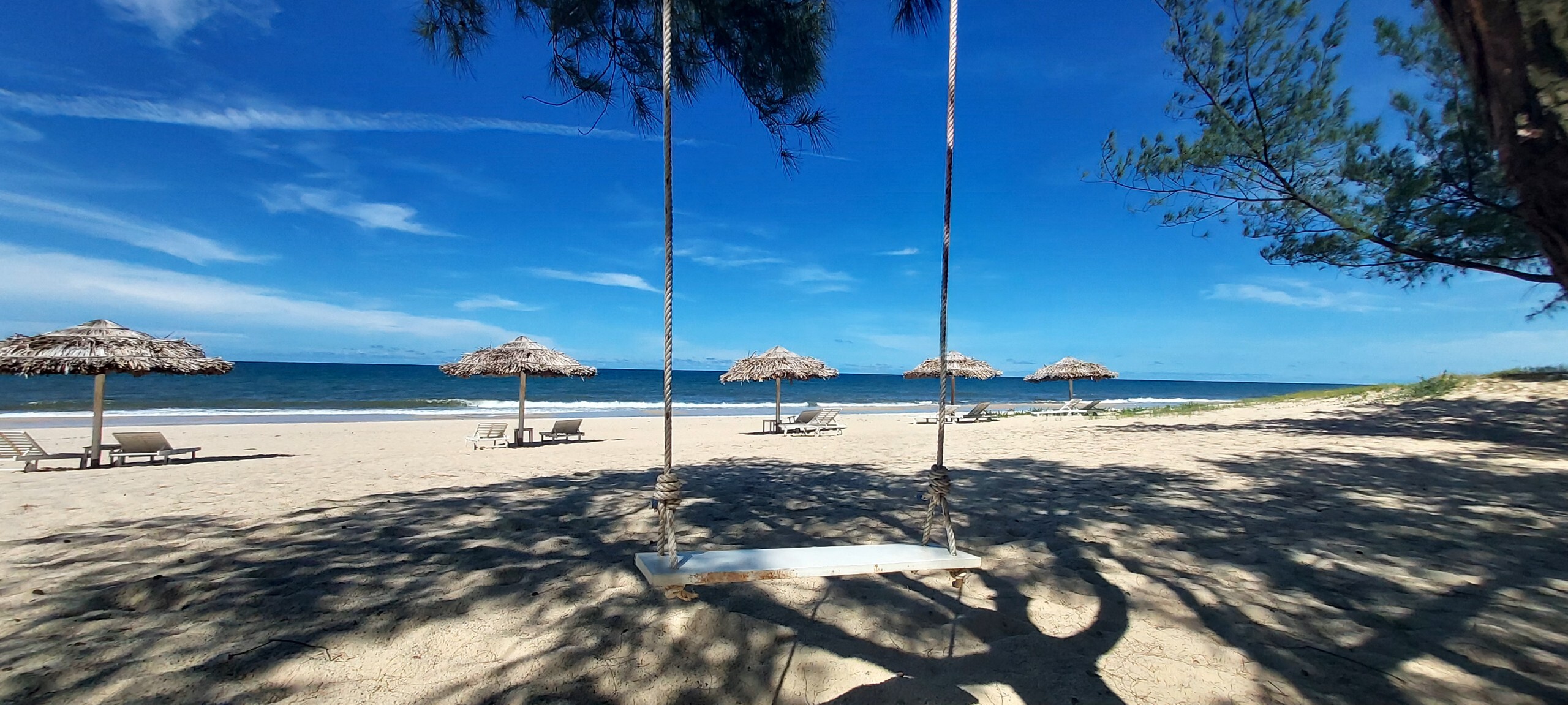
PHU QUOC BEACH
Fringed with white-sand beaches and with large tracts still cloaked in dense, tropical jungle, Phu Quoc rapidly morphed from a sleepy island backwater to a must-visit beach escape for Western expats and sun-seeking tourists. Dive the reefs, kayak in the bays, eat up the back-road miles on a motorbike, or just live the life of a lotus eater by lounging on the beach, indulging in a massage and dining on fresh seafood. Phu Quoc’s rainy season darkens skies from late May to October when the sea gets rough and a lot of diving stops. The peak season for tourism is midwinter when the sky is blue and the sea is calm, but it can get pretty damn hot around April and May.